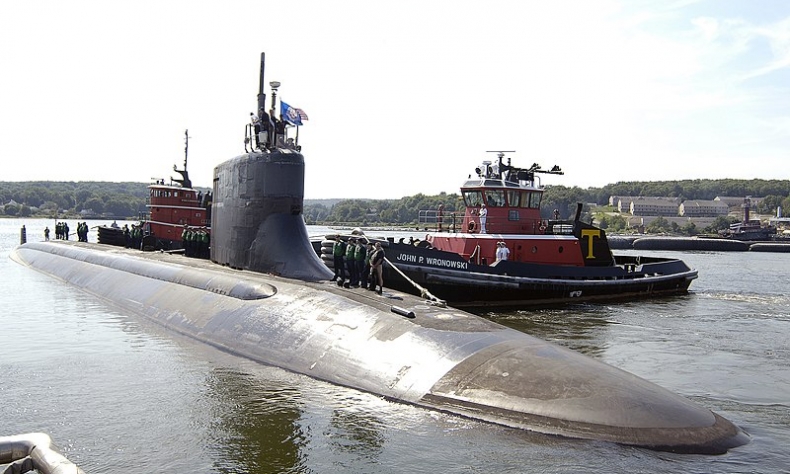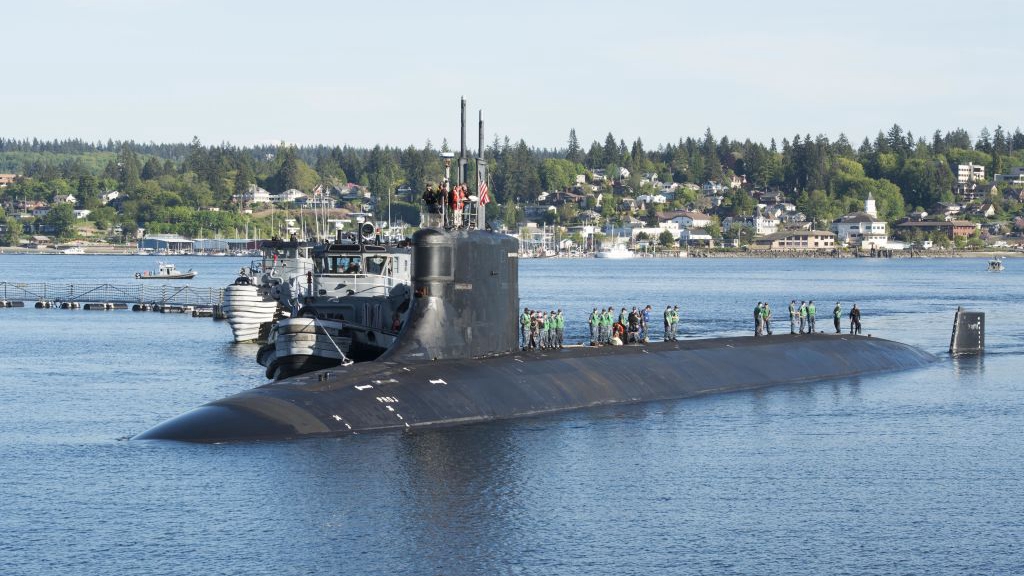The Dangerous Undersea Game Exposed in the US Submarine Collision

The dangers of miscalculation in this already tense region are multiplied when spy missions are apparently undertaken inside national territorial waters.
In May 1960 the United States announced that it had lost a weather plane ‘somewhere north of Turkey.’ It was a deliberate cover-up of the downing of a U2 spy plane launched from a base in Pakistan. Soviet Premier Khrushchev released information to the world that a spy plane had been shot down in Soviet territory. The Americans continued with their cover story that the crashed U2 was a weather research aircraft and not a military spy plane.
On May 7, Khrushchev released photographs of the captured U2 pilot, Gary Powers, exposing the lie. A few days later, House Appropriations Chair Clarence Cannon confirmed in an open session of the House of Representatives that the U2 was a CIA aircraft engaged in aerial espionage over the Soviet Union.
Undeterred by this unmasking, the US has continued to deploy the U2 which is still in active service. Its primary mission remains data collection and that inevitably continues to include covert spy missions.
The case in history brings us to the strange incident of the USS Connecticut hitting an underwater object at an undisclosed location somewhere in the South China Sea. Photos of the Connecticut docked in Guam show extensive damage to the front of the submarine that is consistent with a collision at speed with a substantial underwater object. Little is known about the incident but this does not prevent observers from drawing some interesting conclusions from the available information.

The logic of their analysis goes like this.
The submarine collided with an underwater “unknown object”. Investigators have now concluded the USS Connecticut hit an uncharted seamount that grounded the nuclear attack submarine on the underwater feature in the South China Sea. This type of collision suggests that the submarine was not using any form of sonar to guide its path. At its most basic, sonar is the pinging noise beloved in films about World War II submarine warfare. This sonar noise can be picked up by other submarines and ships. Modern sonar variations are more subtle but all have the same disadvantage — once deployed, they can be detected by other naval assets.
The absence of any sonar application which could have made the collision avoidable further suggests that it was important that the path and presence of the submarine was undetected.
Nothing unusual in that in itself, as running silent may be part of any military exercise. However, generally international alerts are issued when naval exercises take place warning other vessels and aircraft away from the exercise exclusion zone. No such international naval exercise alert was in force at the time of the collision.
When running silent the plotted course relies on accurate navigation using maps of the sea floor. The collision with an unknown underwater object suggests that maps of this section of the ocean floor were not in use and this is most probably because they were not available.

Based on the publicly released information, and the publicly available information about standard operating procedures for running silent, there is one strong conclusion.
Based on this analysis it appears there is a high probability that the Connecticut was running inside Chinese territorial waters which are currently unmapped by the United States. This suggests the submarine was on a covert spy or mapping mission. This in itself is really no surprise as the United States has a long history of this type of spy activity involving illegal military penetration of national borders as shown by the U2 missions. When caught, its denial of such missions is also an ingrained behaviour. The official explanations around the submarine collision incident cannot be taken at face value.
The difference between the U2 incident and the Connecticut submarine collision is that China is not an expansionist power. There is no evidence that it seeks to convert its neighbours, let alone the rest of the world, to socialism with Chinese characteristics. It does seek to preserve and protect its borders from foreign threats and incursions.
Military driven spying cannot be tolerated by China any more than the US would tolerate Chinese submarines probing US coastal waters. The U2 spy missions played a dangerous game in the Cold War. The apparent US spy incursions into the waters off Hainan also play a dangerous game. The action calls for international condemnation in the face of US obfuscation around the true purposes of the mission that the Connecticut and potentially other US submarines, are involved in.
Whilst we should not be surprised at this type of spy activity, we should be concerned at this undeclared escalation of activity. The dangers of miscalculation in this already tense region are multiplied when spy missions are apparently undertaken inside national territorial waters.
The article reflects the author’s opinions, and not necessarily the views of China Focus.
 Facebook
Facebook
 Twitter
Twitter
 Linkedin
Linkedin
 Google +
Google +



